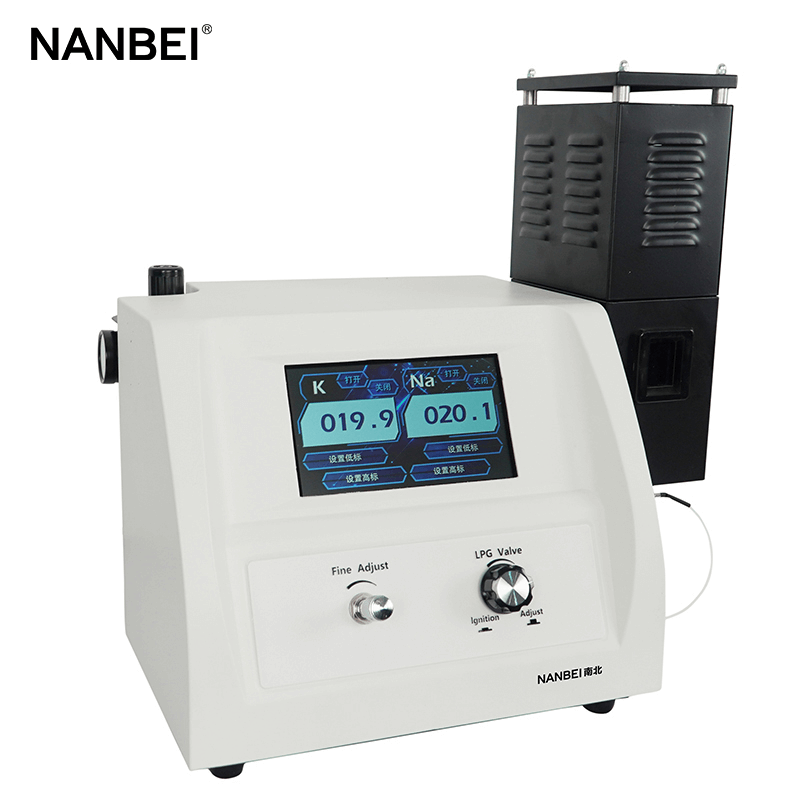Flame photometer is an analytical instrument commonly used in laboratories. It uses a flame as the excitation light source and applies a photoelectric detection system to measure and analyze the type and content of excited elements, which is often used for the analysis and detection of alkali metals and alkaline earth metal elements.

For accurate analysis results, it is necessary to fully know all factors that affect the measurement results of digital flame photometer, including instrument quality, function, sample type, experimental excitation conditions and operating specifications.

Functional parameters related to the accuracy of laboratory flame photometer:
1. Lamp current
Increasing the lamp current within a certain range can increase the radiation intensity, and the lamp stability and signal-to-noise ratio are also increased, but the instrument sensitivity is reduced. On the contrary, reducing the lamp current within a certain range can reduce the radiant intensity and improve the instrument sensitivity, but the lamp stability and signal-to-noise ratio decrease. The relationship between the magnitude of the lamp current and the sensitivity should be well balanced in test.
2. Atomizer
The more stable the atomizer spray is, the smaller and more uniform the droplets are, the higher the atomization efficiency and the higher the sensitivity.
3. Lift
Each manufacturer's instrument lift range is different, and each has a certain range of variation. Too high or too low lift will make the atomizer unstable.
4. Analysis line
There are many analytical lines for each element, and the resonance line is usually the most sensitive and is often used as the analytical line.
5. Burner position
Adjust the angle and position of the burner so that the light beam passes through the flame area with the largest concentration of free electrons. At this time, the flame luminosity and sensitivity are the highest, and the stability is the best.
6. Slit
Smaller slits can be used when the measured element has adjacent interfering lines, while larger slits should be used without adjacent interfering lines.

Previous: No Information
Next: The FAI climbed 5.9 percent year-on-year in the first 11